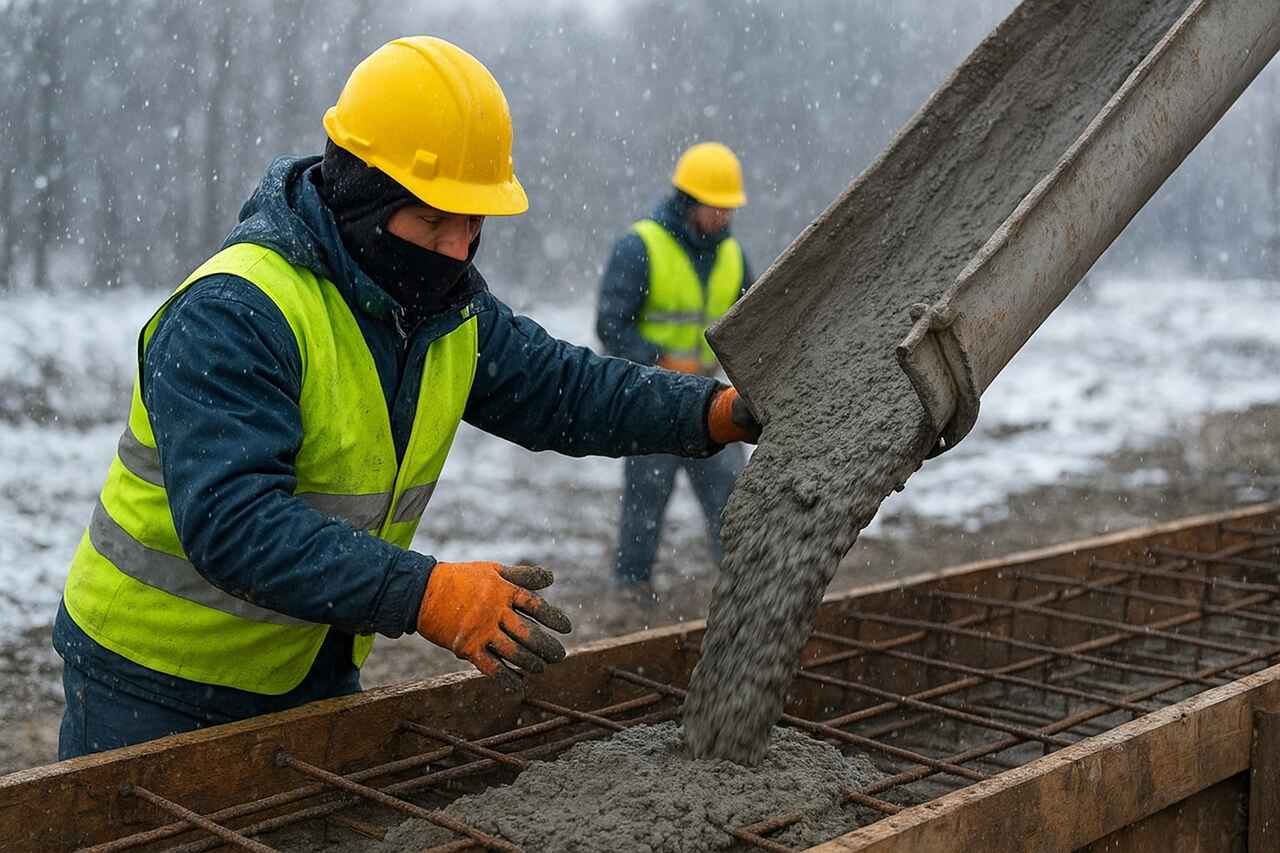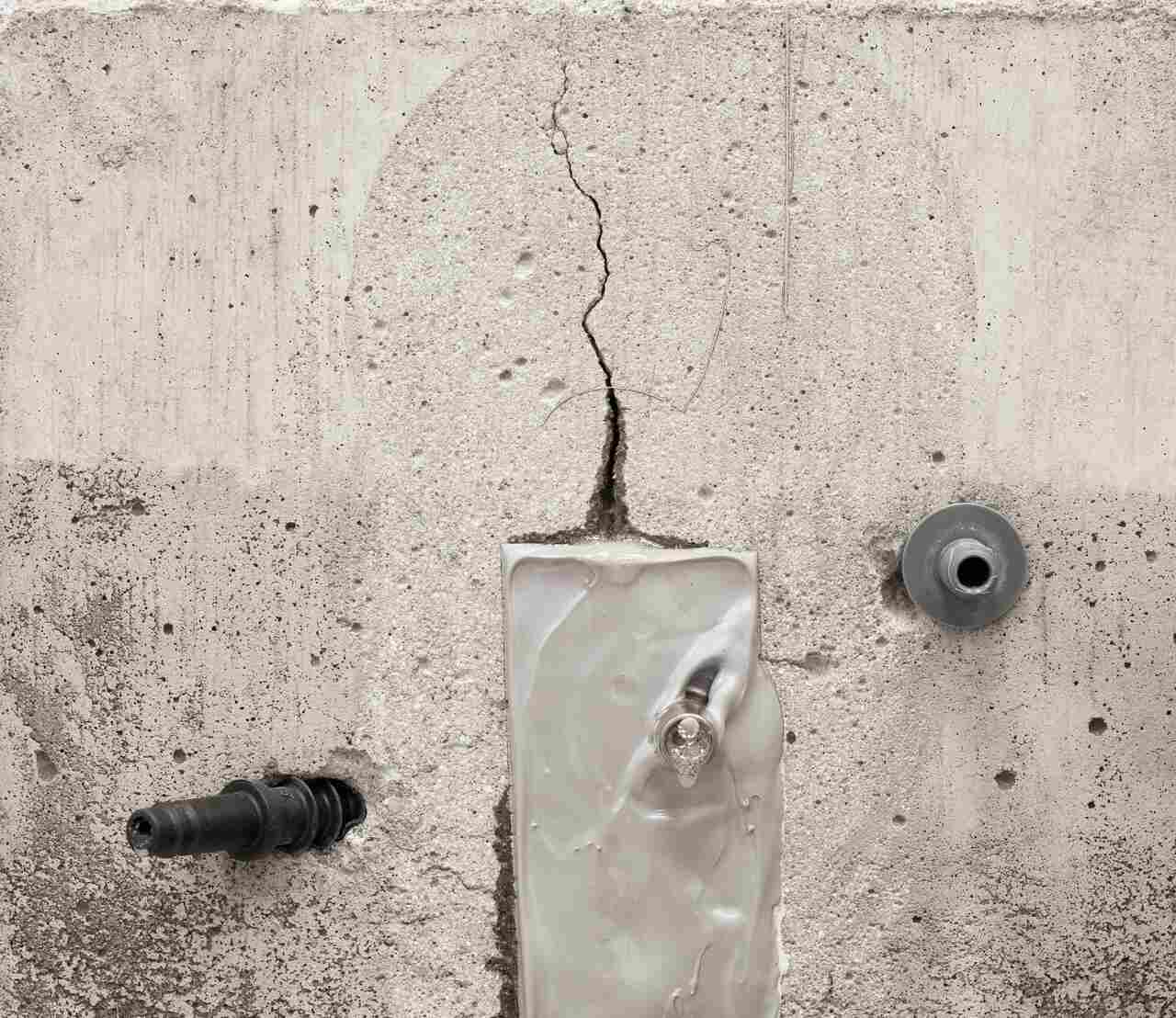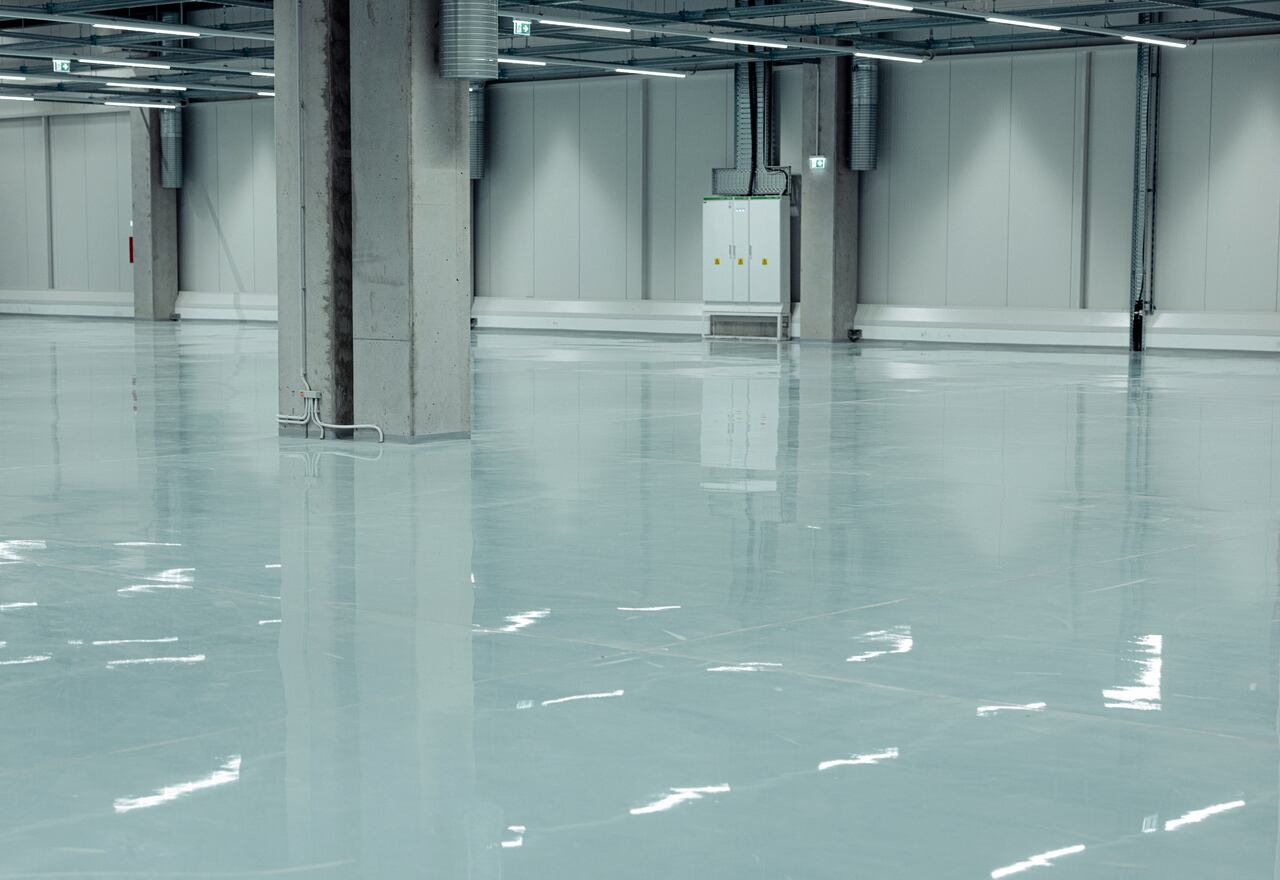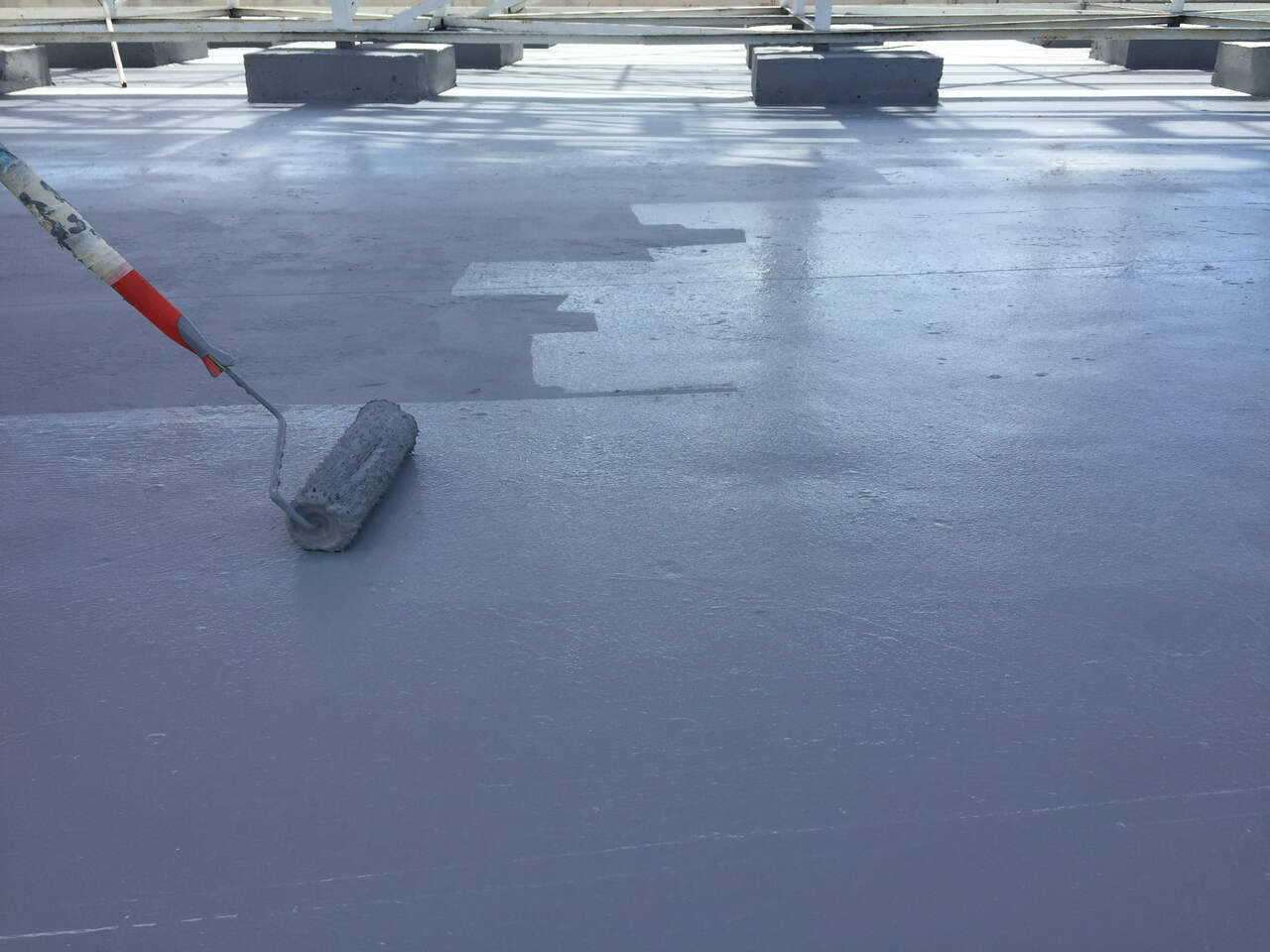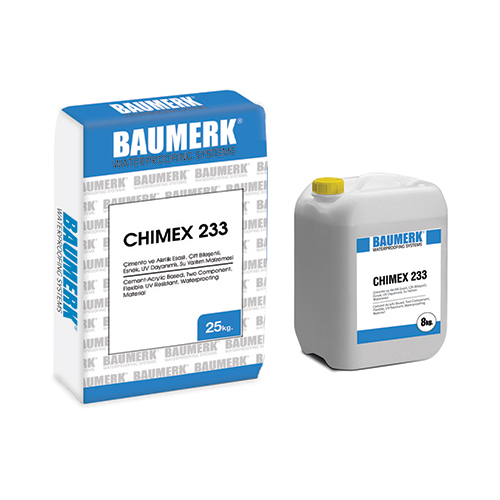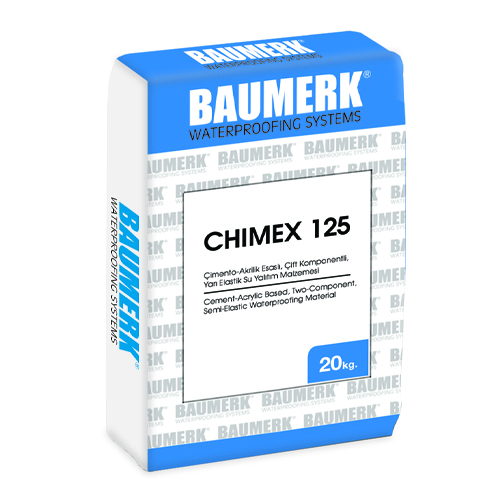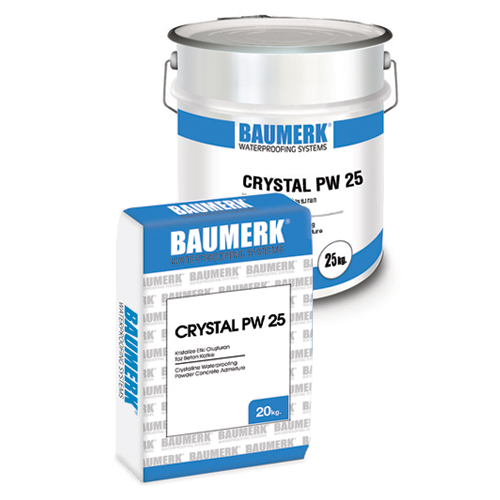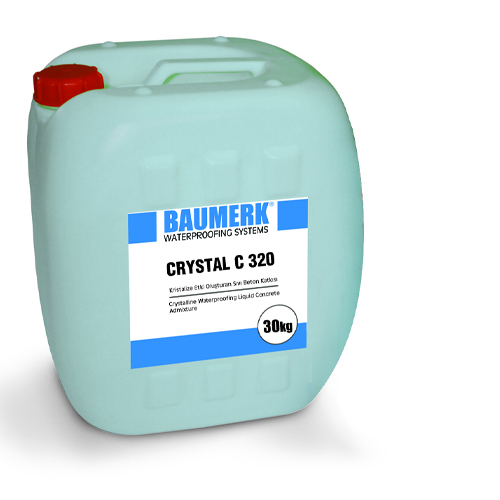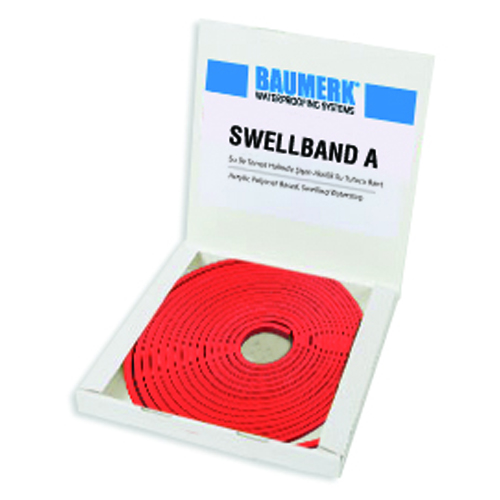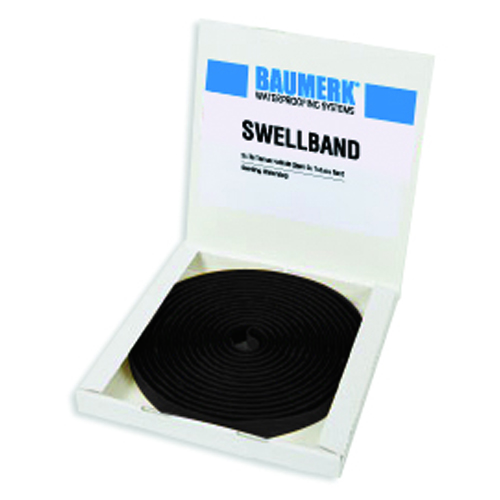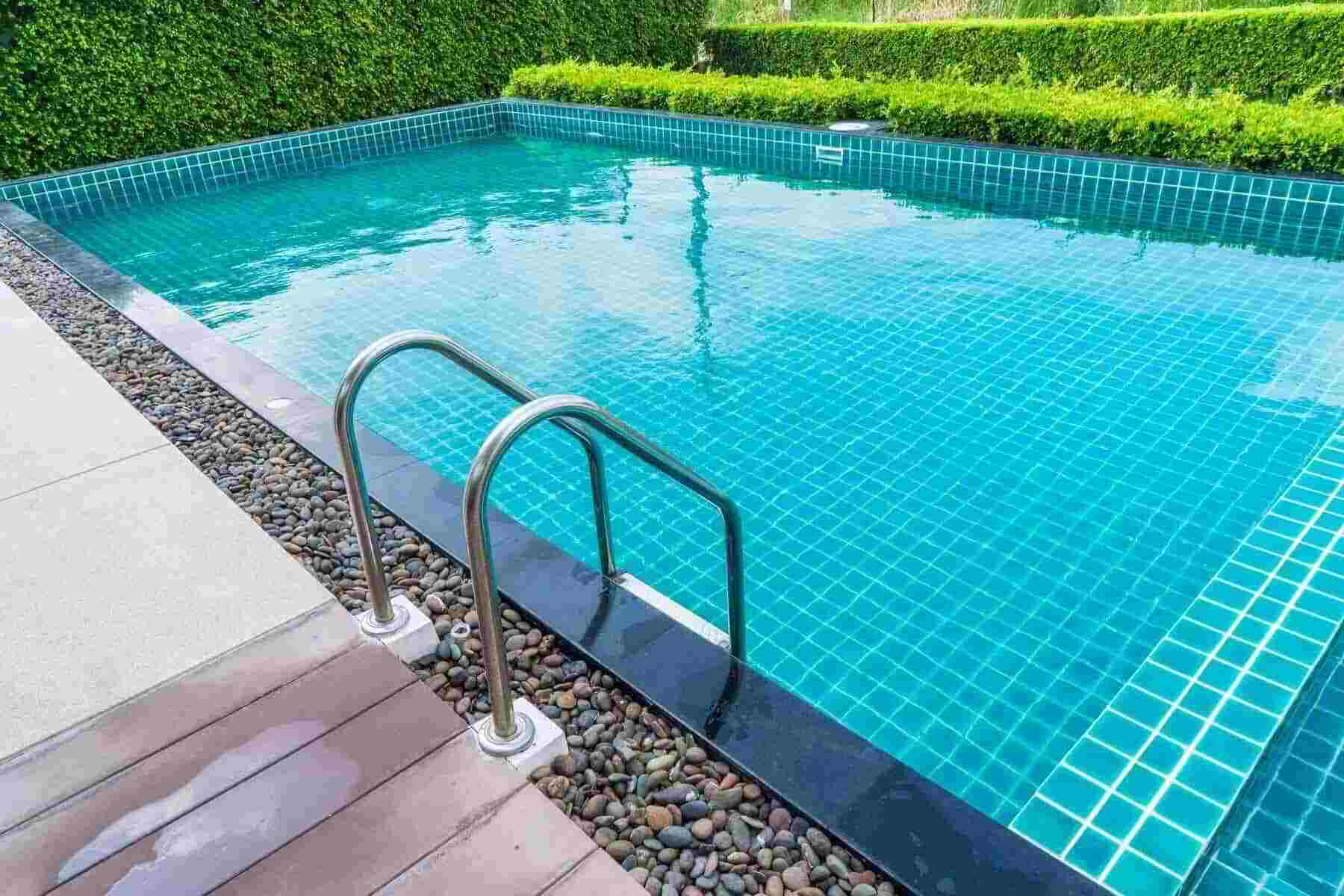
Changing work/school routines and social life due to the COVID-19 pandemic have led people to make changes in their living spaces. Many people now prefer homes and offices with their own private areas such as gardens and pools. The interest in pools has naturally led to the issue of pool insulation and construction being more on the agenda.
In parallel with these, while pool plans were added to the building projects, answers to questions such as how to make pool waterproofing, what are pool insulation materials, and what are the prices of pool insulation materials started to be sought more frequently.
As important as the cleaning, pH value, and maintenance of water in pool use, pool insulation is also a critical issue. Since pool systems constantly interact with water, pool insulation must be done very well.
In addition, since there is continuous water circulation in the pool, the materials to be used for pool insulation should be specially designed for this purpose, provide strong waterproofing, and should not be affected by biological formations that may occur in structures in contact with water such as algae.
So what are pool insulation materials? As Baumerk, construction chemicals specialist, we will examine this issue in detail in our content.
What are Pool Insulation Materials?
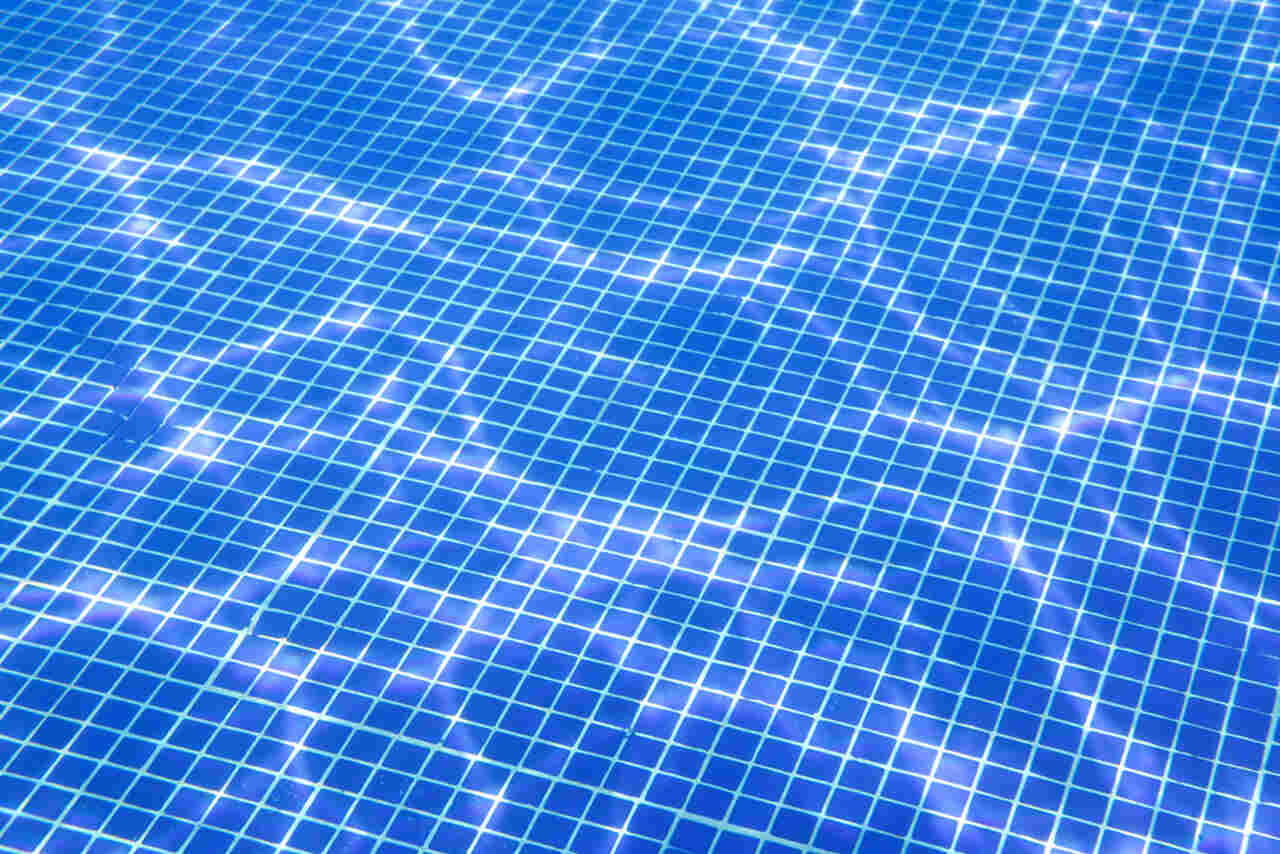
When it comes to pool insulation materials, waterproofing chemicals should come to mind first. Waterproofing chemicals are waterproof materials applied between the concrete and the pool floor while the pool is still under construction.
These materials are usually cement-based waterproofing materials. Thanks to their chemical formula, they form a waterproof layer under the screed and ceramics. They are also resistant to chemical, chlorine, and salt solutions in the soil. These materials need to be flexible.
Products such as CHIMEX 125 and CHIMEX 233 in the Baumerk product catalog respond to your needs in the highest quality and reliable way.
After the under-ceramic waterproofing is completed, the pool surface is covered with ceramic. The channels that provide water circulation in the pool must also be waterproofed. Otherwise, the water passing through these channels may cause performance losses such as waterproofing problems, calcification, and rusting over time.
To prevent this situation, tapes that swell with water contact can be used. When these tapes come into contact with water, they swell and fill the cracks, pores, and capillary gaps in the concrete and make the concrete waterproof.
These water-retaining tapes, also known as SWELLBAND, are designed for use in areas that are in constant contact with water, such as pools, and are products that create strong waterproofing. Building chemicals specialist Baumerk's SWELLBAND A and SWELLBAND waterstop tape products will be useful for you at this point.
You can have detailed information about waterstop tapes by taking a look at our content titled Everything You Need to Know About Waterstop Tape Types and Their Application!
How to Waterproof a Pool?
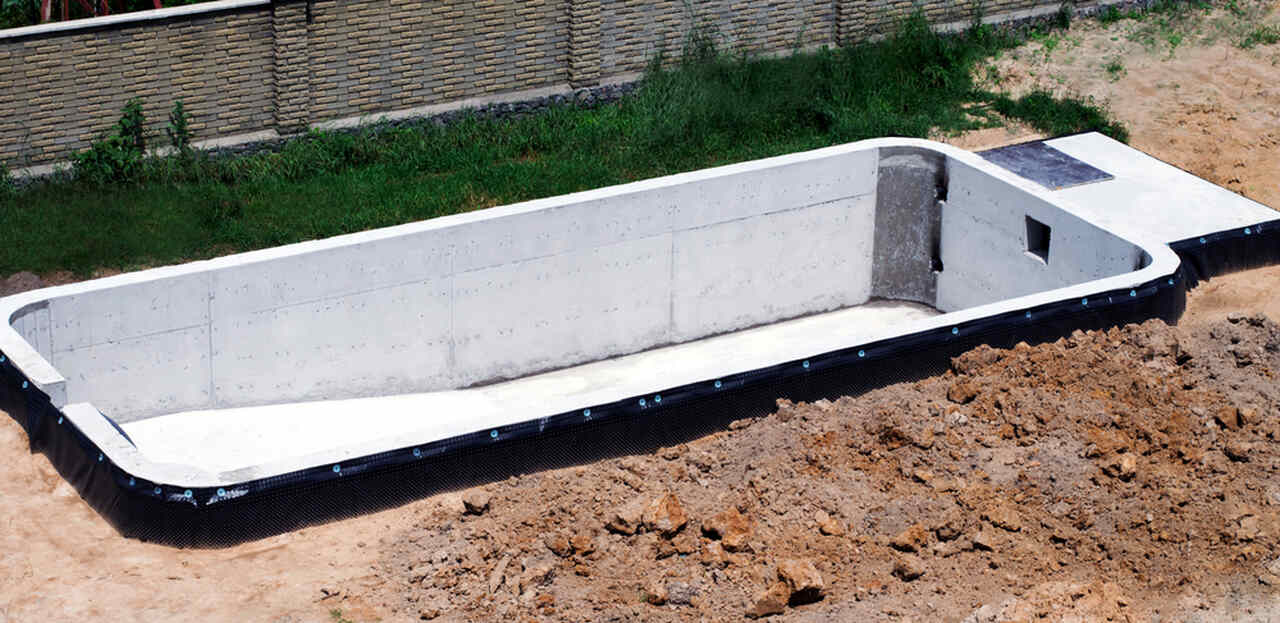
There are certain steps to follow when waterproofing the pool. First of all, pool waterproofing should be done with a professional team. Because, only with the right choice of materials and the right workmanship, a pool with well-completed waterproofing can be obtained.
Let's take a look at these steps necessary for pool waterproofing together!
1. Preparation
Start cleaning in and around the pool. Clean the surface thoroughly using a sponge, soapy water, and a cloth to remove all dirt, dust, and oil residue.
To protect the area outside the pool, cover it with tarpaulins or protective covers.
If your pool has a concrete floor, make the necessary repairs to level and smooth the surface. Fill any cracks or holes in the concrete surface and sand the surface.
2. Choosing the Waterproofing Material
Another important point when waterproofing the pool is to choose the right waterproofing material. Choose the waterproofing material according to the shape and dimensions of the pool and your needs.
Remember, choosing the right waterproofing material is the most important point of pool waterproofing. At this stage, taking a look at Baumerk waterproofing membranes will allow you to choose the most suitable and correct waterproofing material for your waterproofing projects.
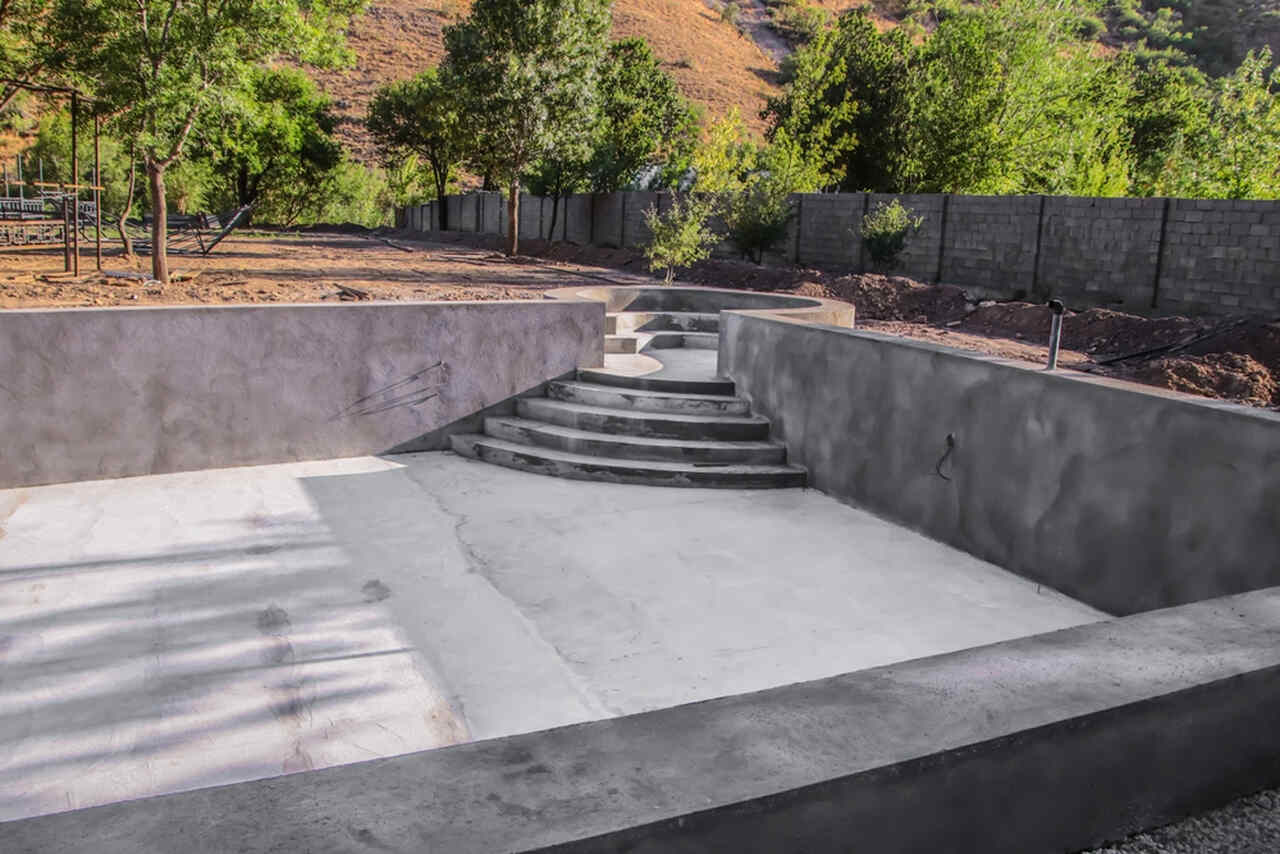
3. Waterproofing Tape Application
Waterproofing tape should be applied to the bottom and walls of the pool before applying the waterproofing material.
Since ceramic or glass mosaic application is typically preferred in pools, waterproofing corner tape must be used in both horizontal and vertical corners.
4. Placing the Insulation Material
Apply the waterproofing material of your choice carefully in 2 coats over the entire surface in accordance with the instructions for use. Work carefully to avoid the formation of bubbles on the surface.
At this point, let us underline that the crystallized waterproofing materials CRYSTAL PW 25 and CRYSTAL C 320 produced by Baumerk will meet your needs for pool insulation in the most accurate way.
An innovative product in the construction industry,a crystallized waterproofing method provides superior insulation by penetrating into the pores and capillaries of concrete and wall materials.
For more detailed information about crystallized waterproofing, you can read our content titled What Is Crystalline Waterproofing? 5 Benefits of Crystalline Waterproofing
5. Drying and Sealing Test
Follow the drying time of the waterproofing material according to the time recommended by the manufacturer of the waterproofing material. Then carefully fill the pool and check for water leaks.
6. Final Touches
Seal the corners and joints around the pool with silicone. This makes the waterproofing more robust.
Clean inside and around the pool and make your pool ready for use.
It is critically important that the products used in the waterproofing of pools are strong, flexible, and pressure-resistant materials that are not affected by chemicals, chlorine, and salt, and do not cause algae growth.
You can contact Baumerk for the most accurate pool insulation materials for your building projects and many questions you may have.
